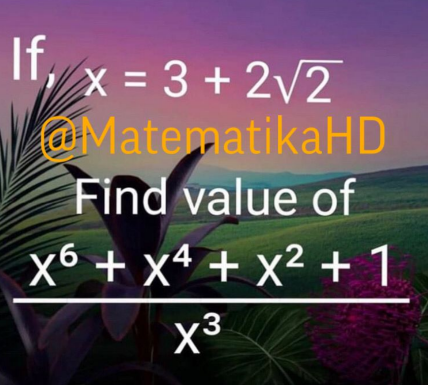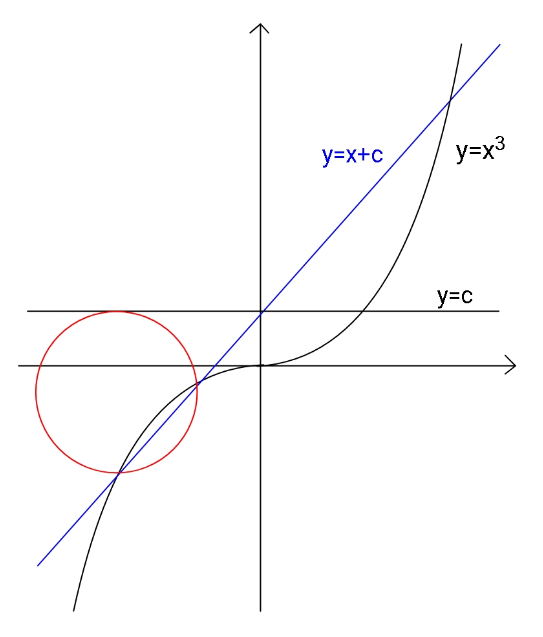
AlgebraQuestion and Answers: Page 242
Question Number 118435 Answers: 2 Comments: 0
Question Number 118391 Answers: 2 Comments: 0
Question Number 118371 Answers: 0 Comments: 1
Question Number 118346 Answers: 0 Comments: 0
Question Number 118322 Answers: 2 Comments: 2
Question Number 118298 Answers: 0 Comments: 1
Question Number 118286 Answers: 2 Comments: 0
Question Number 118280 Answers: 0 Comments: 1
Question Number 118277 Answers: 0 Comments: 0
Question Number 118275 Answers: 1 Comments: 1

Question Number 118263 Answers: 0 Comments: 0

Question Number 118227 Answers: 1 Comments: 0
Question Number 118196 Answers: 1 Comments: 0
Question Number 118193 Answers: 1 Comments: 0
Question Number 118184 Answers: 2 Comments: 1
Question Number 118181 Answers: 1 Comments: 1
Question Number 118180 Answers: 1 Comments: 0
Question Number 118172 Answers: 1 Comments: 0
Question Number 118023 Answers: 1 Comments: 0
Question Number 118011 Answers: 4 Comments: 0

Question Number 118002 Answers: 1 Comments: 0

Question Number 117984 Answers: 1 Comments: 0
Question Number 117972 Answers: 2 Comments: 0
Question Number 117934 Answers: 1 Comments: 0
Question Number 117828 Answers: 1 Comments: 0
Question Number 117827 Answers: 0 Comments: 5

Pg 237 Pg 238 Pg 239 Pg 240 Pg 241 Pg 242 Pg 243 Pg 244 Pg 245 Pg 246
